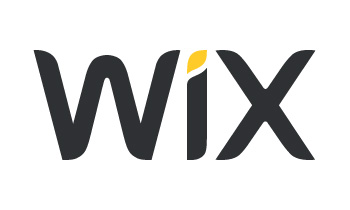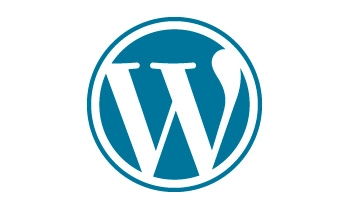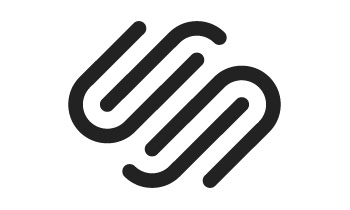The People’s Republic of China passed the Law on the Protection of Persons with Disabilities in 1990 to prohibit discrimination against people with disabilities. However, while pertaining to the public and private sectors alike, the legislation has no web accessibility standards as of today.
The Chinese government enacted updated legislation in 2008 that applies to government agencies and their web and mobile app content. Named the Voluntary Web Accessibility Standard, it stipulates the international WCAG 2.0 derivative as the digital accessibility standard for compliance, but as the bill’s name suggests, for the time being, it is a recommendation rather than a requirement under the law.
China has established the “Information Accessibility Standards for Persons with Disabilities” (IASPD), which provides guidelines and technical specifications for creating accessible information and communication technology (ICT) products and services, including websites. The IASPD covers aspects such as content accessibility, interaction accessibility, visual accessibility, and more.
The China Information Accessibility Certification (CIAC) is a certification system that assesses and certifies the accessibility of ICT products and services, including websites. The CIAC follows the standards set forth in the IASPD and provides recognition to products and services that meet the accessibility requirements.
In addition, the China Disabled Persons’ Federation (CDPF) works to promote accessibility and inclusion for individuals with disabilities. While they do not enforce specific web accessibility laws, they provide guidance and support for organizations in improving accessibility and creating inclusive digital environments.
At EqualWeb, we recommend you remediate and audit your website against WCAG 2.2 guidelines to avoid any legal risk and to open your doors to the large population of individuals living with disabilities. Read here more about the web accessibility law in China
YD/T 1761-2008 (YDT1761-2008) &
WCAG 2.2 conformance.












































